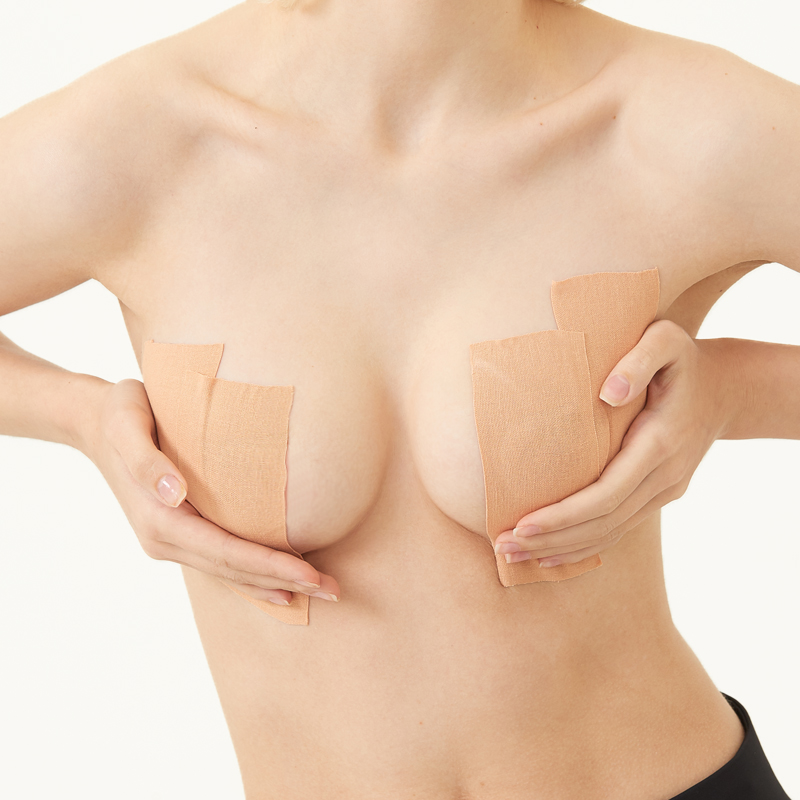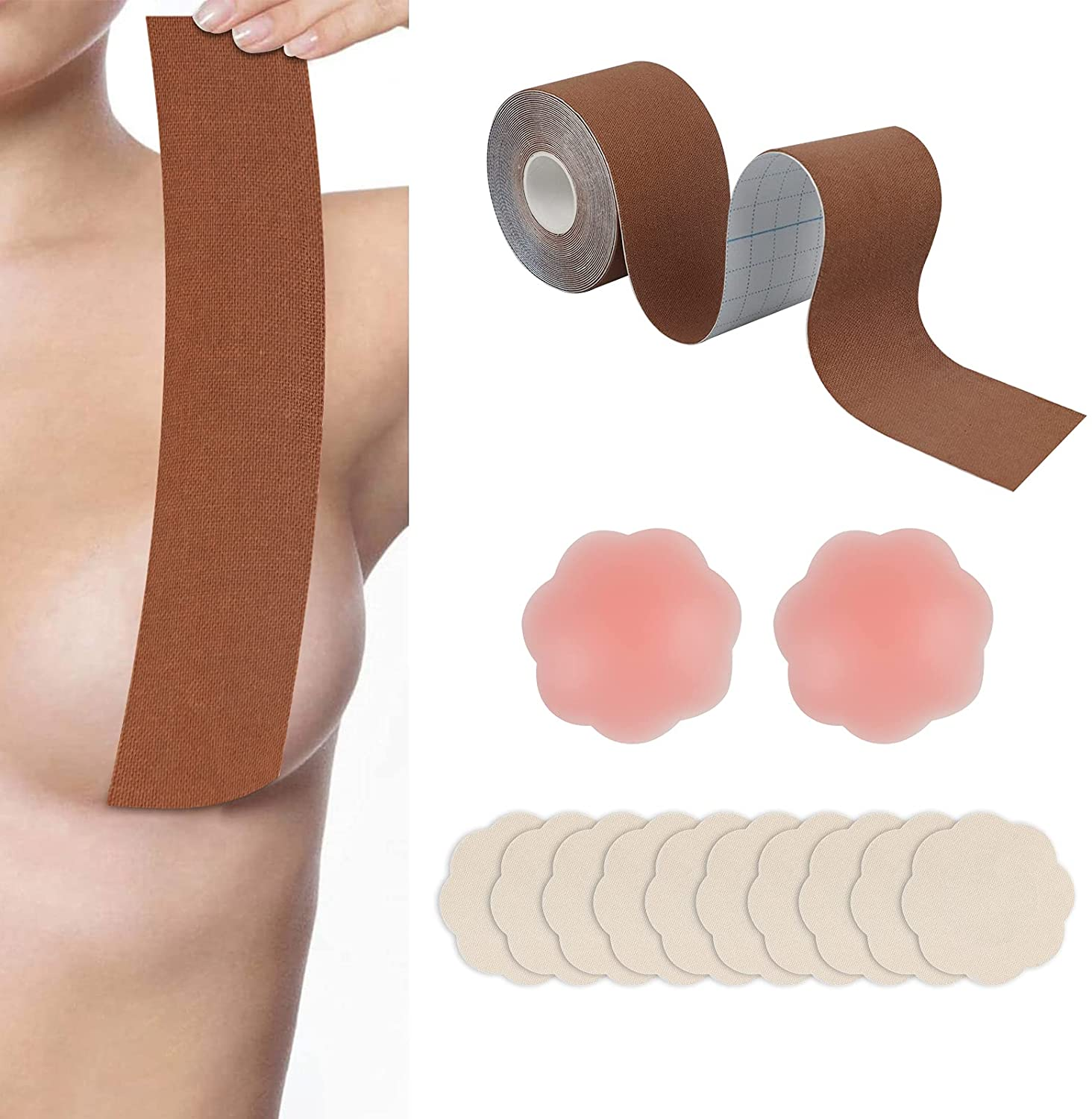Release date: 2017-08-07
Gene therapy is a hot topic in recent years. As our understanding of the human genome continues to deepen, more and more scientists want to treat diseases by transforming genes. Yesterday, the human embryo transformation we reported is a typical case.
Professor Xiaoyang Wu, the principal of the study (Source: University of Chicago)
Today, in the "Cell Stem Cell", a publication of the leading academic journal Cell, a team of professors from the University of Chicago published a new discovery - stem cell technology, CRISPR gene editing technology, and skin grafting technology. In combination, a gene therapy is expected to treat two common diseases, obesity and type 2 diabetes.
Since the 1970s, scientists have learned how to isolate skin stem cells from burn patients, incubate them in the laboratory, and transplant them to the patient's burn site for treatment. This brings inspiration to Professor Wu's team. If we introduce a gene that can cure diseases in these skin cells, can we transform the skin into an adult drug factory and produce drugs that can treat diseases at any time?
Scientists want to introduce genes that can cure diseases in their skin (Source: "Cell Stem Cell")
The researchers decided to test this idea with mouse diabetes as a model. There are several reasons for choosing diabetes. First, its pathology is not related to the skin and is therefore less likely to be affected by skin grafts. Second, we know that with a few simple proteins, diabetes can be treated, which facilitates the development of gene therapy.
Using CRISPR gene editing, the team engineered a gene encoding glucagon-like peptide 1 (GLP1) and introduced a mutation that significantly increased its half-life. Subsequently, they linked the gene to an antibody gene fragment and placed a promoter that was induced by doxycycline. According to their design, if this gene fragment works normally, the gene will be expressed under the induction of doxycycline to produce GLP1 fused to the antibody fragment. Under the action of antibody fragments, it can circulate with blood flow, promote the secretion of insulin, and thus play a role in controlling diabetes.
Schematic diagram of the design of this gene therapy (Source: "Cell Stem Cell")
The design of this experiment looks perfect, but the actual operation is difficult. Due to limited conditions, this experiment can only be performed in mice first, and the skin transplantation system of mice is extremely immature. Under the premise that the mouse's immune system is not affected, there is almost no successful skin graft case. Can this gene therapy run smoothly as expected?
To overcome this problem, researchers have used the emerging "organ-like" technology of the past few years. They introduced the genes into the skin cells of mice and allowed them to grow on the medium. After years of exploration, the researchers finally found a specific environment that allowed cells to begin to stratify. Under the guidance of this environment, these originally disordered cells have become "skin-like organs" with a multi-layered structure. Although it is different from normal skin, its physiological properties are very close.
The production of skin "organs" is a highlight in the study (Source: "Cell Stem Cell")
The researchers then transplanted the skin to the mice and waited nervously for the mouse's response. Fortunately, most mice did not show significant rejection. Considering that the immune function of these mice remains intact, this result is a breakthrough. This is also the first time we have demonstrated that engineered skin grafts can survive long-term in immunologically intact wild-type mice.
“The success rate of our skin grafts is over 80%, which is very exciting,†Professor Wu said.
Although the transplanted skin cells survive, this does not mean that gene therapy depending on the skin cells can work. The researchers then continued their experiments to see if the genes they inserted would work.
In a control experiment, the researchers fed mice with a gene therapy system (but not induced) in the skin, as well as wild-type mice, fed high-fat foods. The body weight of both groups of mice increased significantly. This indicates that the transplantation of the skin does not affect the normal development of the mouse.
Subsequently, the researchers added an inducer to the high-fat food to observe the mice's response. Wild-type mice performed the same as before, and soon became fat balloons. In mice with a gene therapy system embedded in the skin, the level of GLP1 in the body is significantly increased by the inducer, which also increases the level of insulin in the blood and effectively controls blood sugar. So, how do these mice eat and eat fat?
Under the influence of the inducer, mice receiving gene therapy (left) did not eat fat (Source: "Cell Stem Cell")
"Overall, our data suggest that skin-based gene therapy can effectively induce GLP1 expression for the treatment and prevention of diet-induced obesity and other diseases," the researchers wrote. Therefore, they believe that this gene therapy is expected to be applied in the clinic in the future.
“We broke through the technical bottleneck and designed a skin graft model between mice and mice. The immune system of these animals is intact. We believe that this platform has the potential to bring safe and lasting gene therapy. We I hope that it will be applied to the human body one day," Professor Wu said. "It can be used to deliver therapeutic proteins, replace genetically deficient proteins, or remove various toxins."
Reference material
[1] Engineered Epidermal Progenitor Cells Can Correct Diet-Induced Obesity and Diabetes
[2] Gene therapy via skin could treat many diseases, even obesity
Source: Academic Jingwei
Boob tape, breast lift tape
Boob tape is based on 95% cotton and 5% Elastic Spandex fabric. The material is safe, soft, breathable, which makes you comfortable in it. It has super strong elasticity, lateral stretching is more than 230%. It is coated with imported wave pattern glue, which ensures the tape has stable adhesion and easy to remove, do not hurt your skin. It has a certain waterproof effect, the adhesion will not be reduced even you are sweaty or swimming. It has wonderful lifting and gathering effect, let you have a proud chest curve.



boob tape,breast lift tape,boob tape and nipple cover,boob lift tape,breast tape
Kunshan Jieyudeng Intelligent Technology Co., Ltd. , https://www.yuhuanptapes.com